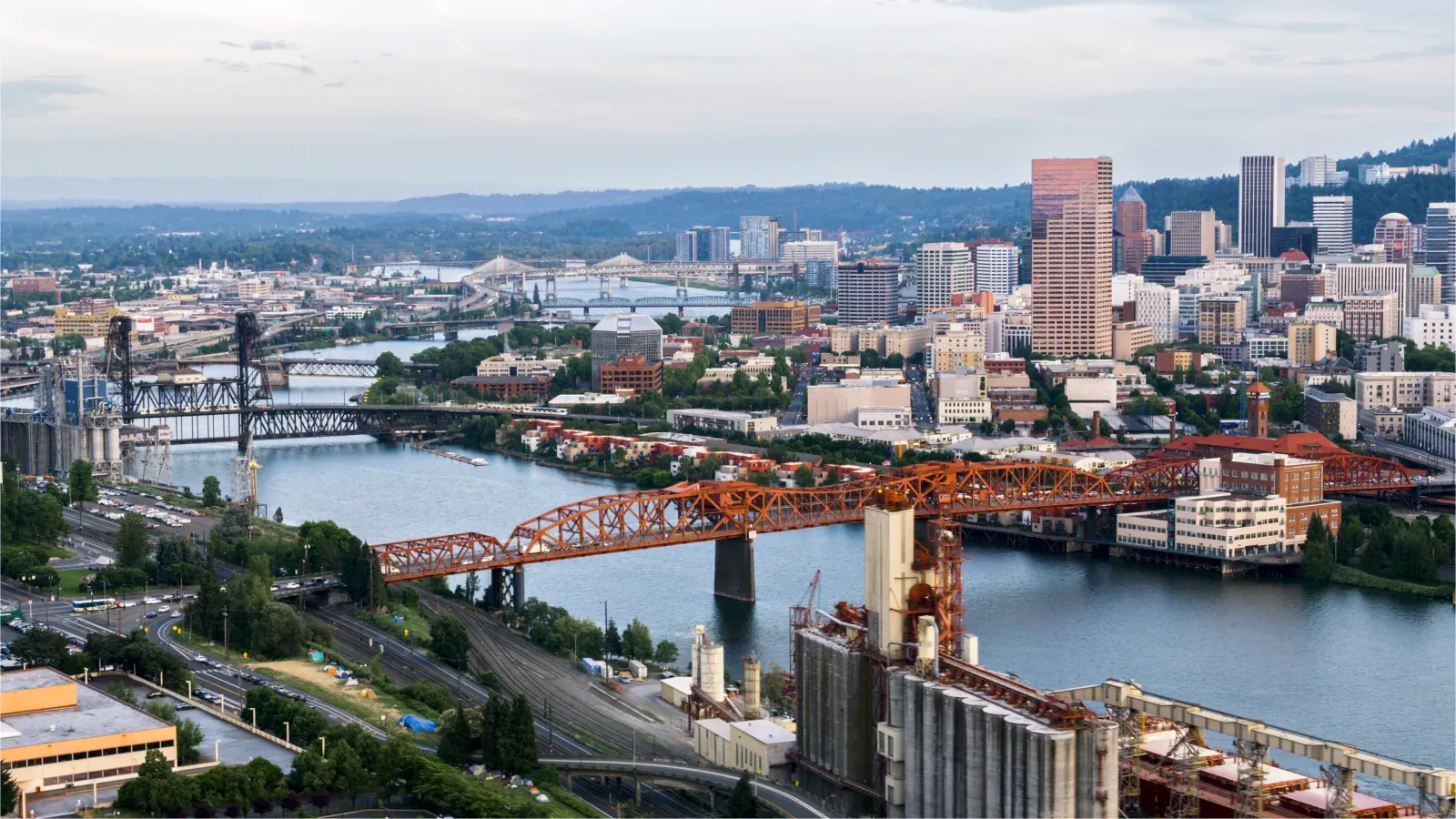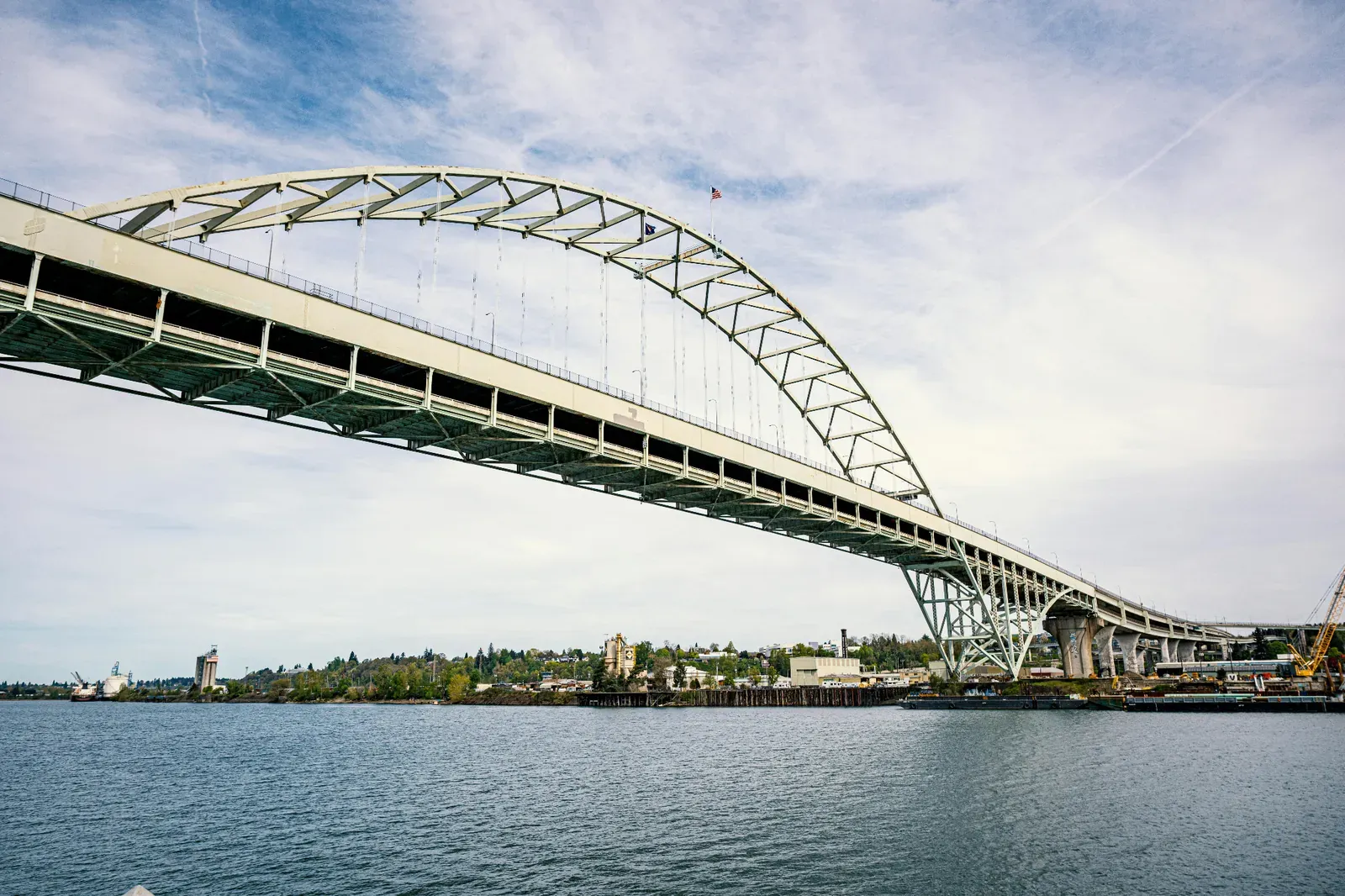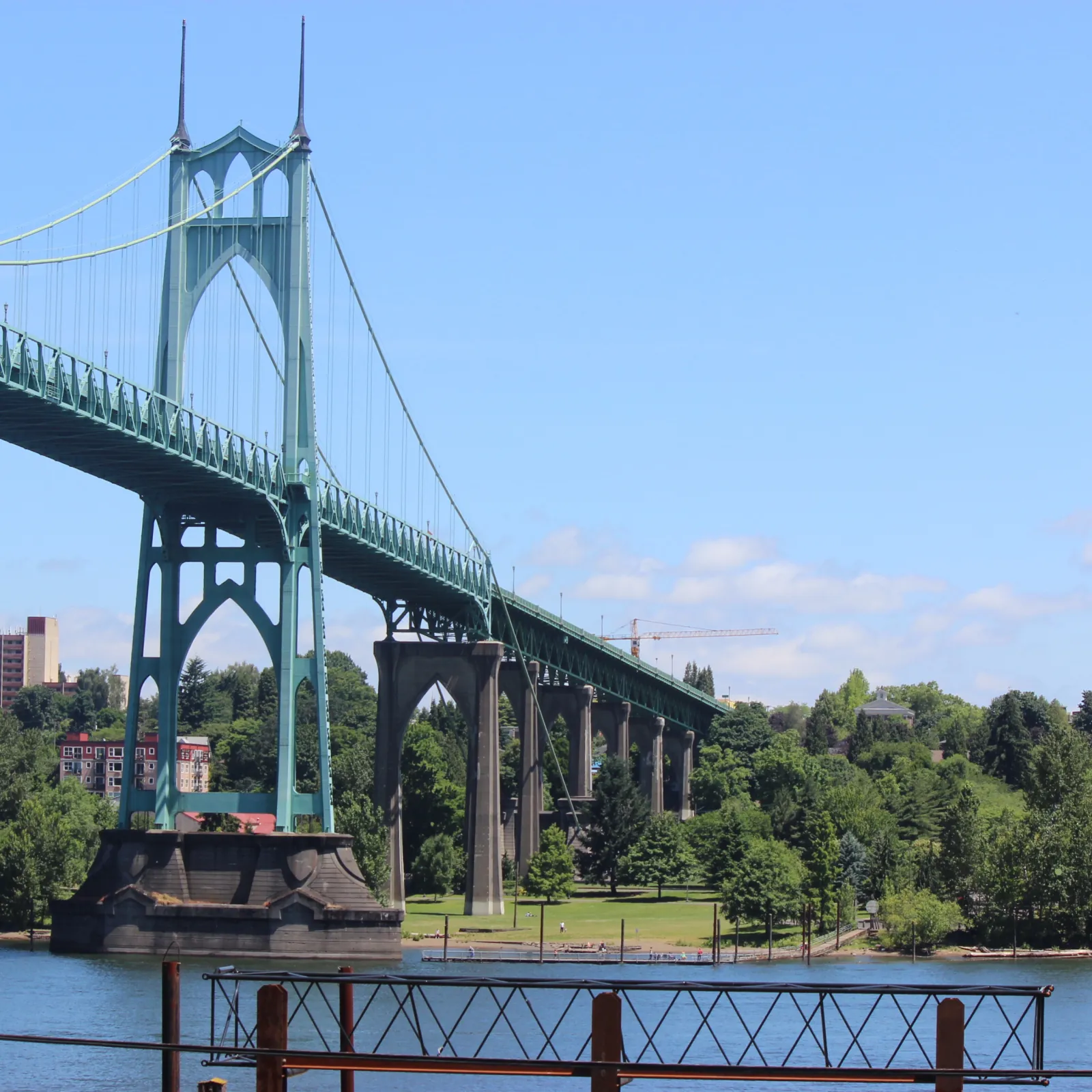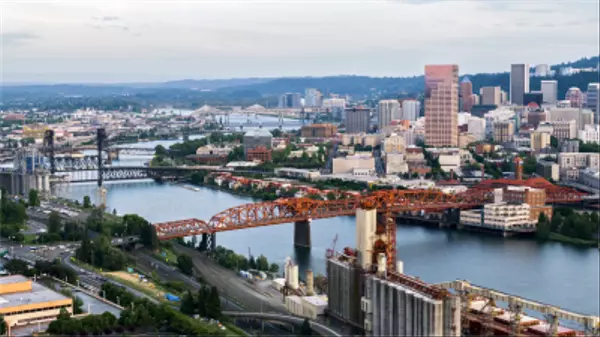The Bridges That Built Portland | An Introduction

Why Portland is Called “Bridge City”
Portland, Oregon, is more than just coffee shops, breweries, and stunning mountain views—it’s a city defined by its bridges. With the Willamette River cutting right through the heart of Portland, bridges are not just infrastructure; they’re landmarks, cultural symbols, and works of engineering art.
This blog series will explore each of Portland’s bridges in depth. But before we dive into the details, let’s take a quick look at some of the most iconic ones that give Portland its unique character.
Hawthorne Bridge opens
The oldest operating vertical-lift bridge in the U.S., and still Portland’s busiest bike/ped crossing.
Steel Bridge opens
Unique double-deck vertical-lift design; decks can lift independently—an engineering flex, then and now.
Broadway Bridge opens
Once the world’s longest bascule span; its bold red paint and Art Deco touches define the river’s north downtown skyline.
Burnside Bridge completes
Central east–west artery and civic stage—parades, protests, and daily life cross here.
St. Johns Bridge opens
Gothic towers in “aviation green” to blend with forest and sky; Portland’s cathedral in steel.
Fremont Bridge opens
Among the world’s largest tied-arch bridges at opening—broad-shouldered, unmistakable.
Tilikum Crossing opens
“Bridge of the People.” Built for transit, bikes, and pedestrians only—no private cars.


The Steel Bridge: A Moving Giant
The Steel Bridge is one of Portland’s most recognizable landmarks. Built in 1912, it’s a double-deck vertical-lift bridge that carries trains, cars, bicycles, and pedestrians. What makes it unique is that both decks can be lifted independently—an engineering marvel even today.
In a future post, we’ll explore its history with railroads and how it remains a vital connector for commuters and cyclists.
The Broadway Bridge: A Painted Landmark
Just north of the Steel Bridge sits the bright red Broadway Bridge. Opened in 1913, it was once the longest bascule bridge in the world. Its bold color and Art Deco touches make it one of Portland’s most photographed crossings.
Later in this series, we’ll talk about why it was painted red in the 1960s and its important role in connecting the Lloyd District to downtown.
Hawthorne Bridge: The Oldest in the City
If you’ve ever attended Portland’s Waterfront Park festivals, you’ve likely admired the Hawthorne Bridge. Built in 1910, it’s the oldest operating vertical-lift bridge in the United States. It’s also Portland’s busiest bike and pedestrian crossing, carrying thousands daily.
In its dedicated post, we’ll look at why it’s a symbol of Portland’s cycling culture.
Tilikum Crossing: The Bridge of the People
Unlike any other bridge in Portland, Tilikum Crossing—opened in 2015—doesn’t allow private cars. Instead, it’s reserved for pedestrians, cyclists, buses, and light rail. With its cable-stayed design, it glows beautifully at night, thanks to LED lights that change color based on the river’s conditions.
We’ll explore how this bridge represents Portland’s push toward sustainable urban transportation.
Burnside Bridge: Portland’s Central Spine
The Burnside Bridge might not be the flashiest, but it’s one of the most important. Completed in 1926, it’s Portland’s central east–west artery, connecting neighborhoods and carrying thousands of cars daily. It’s also where Portland gathers for parades, protests, and community events.
In a future post, we’ll uncover how this bridge ties into Portland’s cultural identity.
What’s Next in the Series
This is just the beginning of our journey across Portland’s bridges. Each structure has its own story—whether it’s about innovation, history, or the communities it connects. In upcoming posts, we’ll take a deeper dive into each bridge, sharing its origin, fun facts, and why it matters to Portlanders today.
Stay tuned—next up in the series: The Steel Bridge!
Categories
Recent Posts

